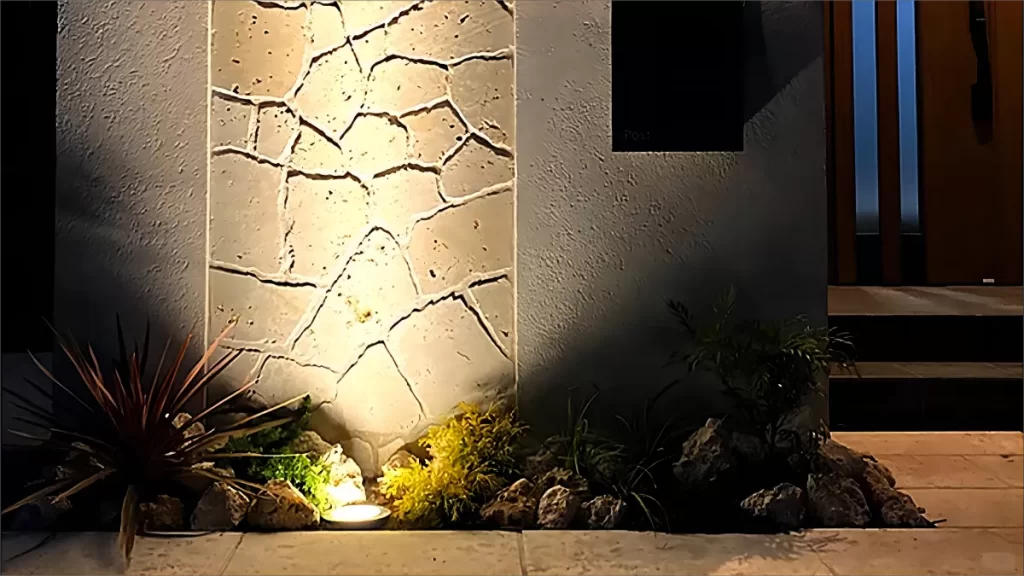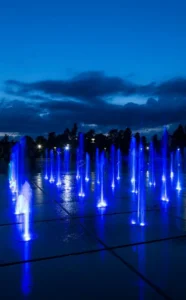- Product Knowledge
9 Common Mistakes to Avoid When Using Buried Lights in Outdoor Spaces
Are you considering adding buried lights to illuminate your outdoor space? Buried lights can indeed enhance the ambiance of your yard, garden, or pathway. However, there are some common mistakes that many people make when installing and using buried lights. Let’s explore these pitfalls and learn how to avoid them to make the most out of your outdoor lighting experience.

1. Importance of Proper Installation
Proper installation is crucial when it comes to buried lights. Without it, you may encounter various issues such as uneven lighting, malfunctioning fixtures, or even electrical hazards. Ensure that you follow the manufacturer’s guidelines or consult with a professional to guarantee correct installation.
2. Choosing the Right Type of Lighting
Selecting the appropriate type of buried lights is essential for achieving your desired lighting effect. Consider factors like brightness, color temperature, and energy efficiency. LED buried lights, for instance, are energy-efficient and provide versatile lighting options.
3. Planning Placement Strategically
Strategic placement of buried lights can significantly impact the overall aesthetics and functionality of your outdoor space. Take into account the features you want to highlight, such as trees, pathways, or architectural elements, and plan the placement accordingly to create the desired ambiance.
4. Neglecting Safety Precautions
Safety should always be a top priority when installing outdoor lighting, including buried lights. Ensure that the wiring is properly insulated and buried at the correct depth to prevent accidental damage. Additionally, use fixtures rated for outdoor use and install ground fault circuit interrupters (GFCIs) to reduce the risk of electrical accidents.
5. Ignoring Maintenance Needs
Like any outdoor fixture, buried lights require regular maintenance to ensure optimal performance and longevity. Clean the fixtures periodically to remove dirt and debris, check for any signs of damage, and replace bulbs as needed. Neglecting maintenance can lead to dim or malfunctioning lights over time.
6. Overlooking Environmental Considerations
Outdoor environments can be harsh on lighting fixtures, so it’s essential to choose fixtures that are suitable for the local climate and conditions. Look for buried lights with weather-resistant materials and proper sealing to withstand exposure to moisture, UV rays, and temperature fluctuations.
7. Using Inappropriate Wattage
Using bulbs with the wrong wattage can result in either insufficient or excessive lighting for your outdoor space. Take into account the size of the area you’re illuminating and the desired level of brightness when selecting bulb wattage. Opting for adjustable or dimmable fixtures can provide flexibility in controlling the intensity of the light.
8. Failing to Test the Lights
Before finalizing the installation of buried lights, it’s essential to test each fixture to ensure proper functionality. This step allows you to identify any wiring issues, faulty bulbs, or other problems that need to be addressed before completing the installation.
9. Not Considering Aesthetics
While functionality is crucial, don’t overlook the aesthetic aspects of buried lights. Choose fixtures that complement the style and theme of your outdoor space, whether it’s modern, traditional, or rustic. Additionally, consider the color of the light and how it enhances the ambiance of the surroundings.
In conclusion, avoiding these common mistakes can help you make the most out of your buried lights in outdoor spaces. By prioritizing proper installation, selecting the right fixtures, planning placement strategically, and ensuring safety and maintenance, you can create a beautifully illuminated outdoor environment that enhances your property’s charm and usability.



